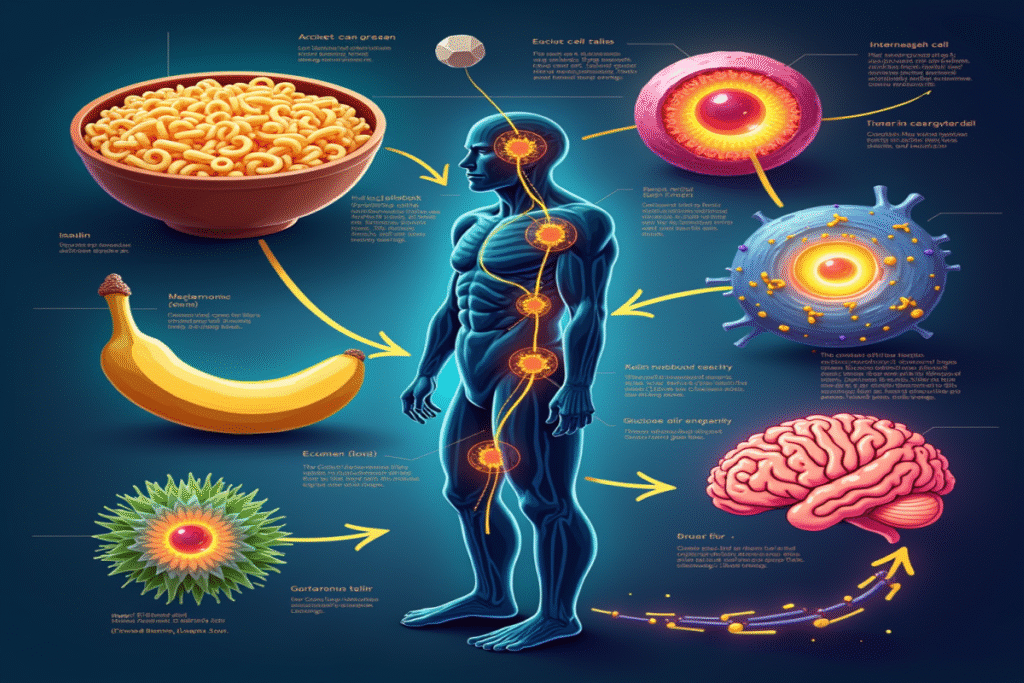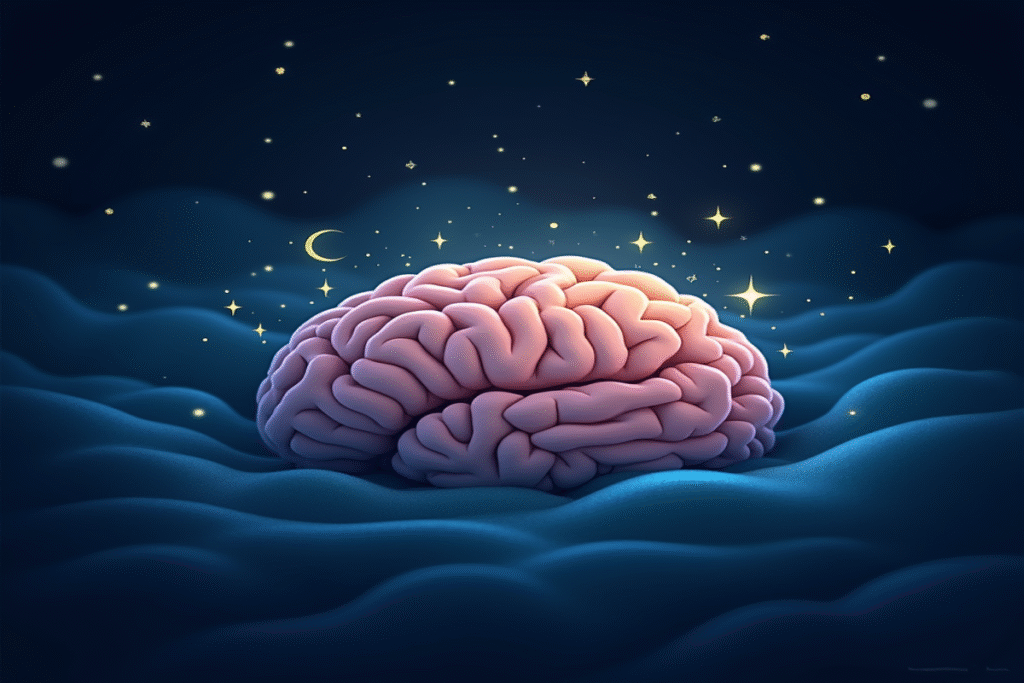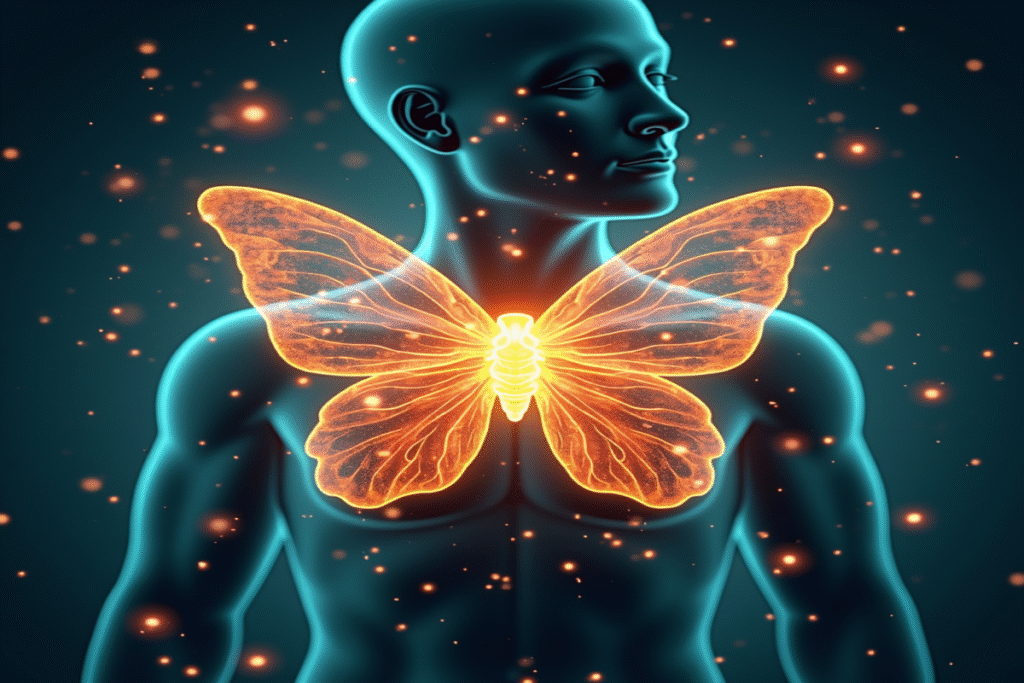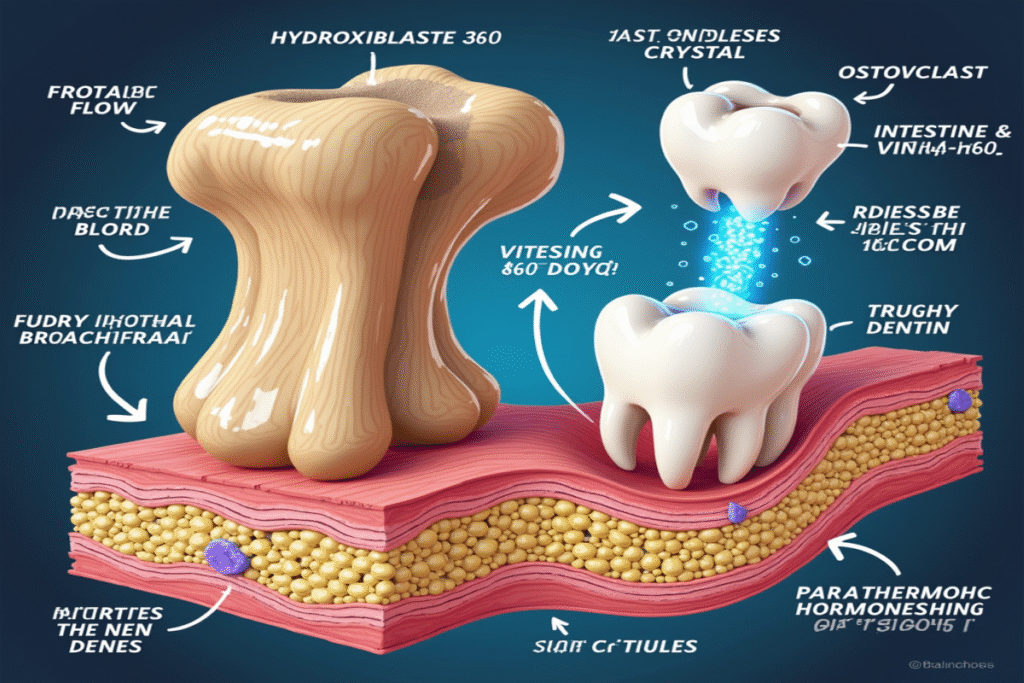The Silent Guardian of Your Posture
Right now, as you read these words, a sophisticated biological gyroscope is working tirelessly inside your head. You don’t notice it—and that’s exactly the point. Your inner ear’s vestibular system is one of the most underappreciated sensory marvels in your body, constantly processing your position in three-dimensional space without you having to give it a single conscious thought.
While most of us associate ears with hearing, they’re actually doing double duty. Inside, a complex network of fluid-filled canals and sensory cells acts as your body’s built-in stability system. Let’s dive into this remarkable mechanism that keeps you from toppling over with every step.
Your Personal Biological Gyroscope
Deep within each ear lies a labyrinth of interconnected chambers known as the vestibular system. This system consists of three semicircular canals and two otolith organs (the utricle and saccule). Each semicircular canal is positioned at roughly right angles to the others, allowing your brain to detect rotation in all possible directions.
The semicircular canals contain a fluid called endolymph that moves when you move your head. Picture a cup of coffee—when you turn quickly, the liquid sloshes against the sides. Your inner ear works similarly, but with microscopic precision. As this fluid moves, it bends thousands of tiny hair cells that send electrical signals to your brain about your head’s position and movement.
Sensing Gravity: Your Internal Plumb Line
The otolith organs add another dimension to your balance system by detecting linear acceleration and head position relative to gravity. These organs contain tiny calcium carbonate crystals called otoconia (literally “ear dust”) embedded in a gelatinous membrane. When you tilt your head or move in a straight line, these crystals shift, pulling on the hair cells beneath them.
This is how you know which way is “down” even with your eyes closed. It’s also why astronauts experience disorientation in zero gravity—their otoliths no longer provide reliable information about up or down.

Your Eyes, Muscles, and Ears: The Balance Trio
Your vestibular system doesn’t work alone. It constantly collaborates with your visual system and proprioception—your body’s awareness of where your limbs are. This is why you can still maintain balance with your eyes closed, but it becomes much harder if your vestibular system is compromised.
One fascinating example of this teamwork is the vestibulo-ocular reflex. Try this: hold your thumb up at arm’s length and shake your head side to side while keeping your eyes on your thumb. Notice how your eyes automatically move in the opposite direction of your head movement? That’s your vestibular system sending signals to your eye muscles to keep your vision stable even as your head moves.
When Your Balance System Goes Haywire
Conditions like vertigo, Ménière’s disease, and benign paroxysmal positional vertigo (BPPV) occur when this delicate system malfunctions. BPPV happens when some of those otoconia crystals break free and float into the semicircular canals, sending false signals about movement. The result? The room seems to spin wildly even when you’re perfectly still.
Motion sickness also stems from vestibular confusion. When your inner ear detects movement but your eyes see a stable environment (like reading in a car), your brain receives conflicting signals, often resulting in nausea.
An Evolutionary Marvel
Our balance system evolved over hundreds of millions of years, first appearing in jawless fish over 500 million years ago. The basic structure has remained remarkably consistent across vertebrates, highlighting its fundamental importance for survival. Without this system, complex movements like running, jumping, or even walking would be nearly impossible.
Even more impressive: this entire detection system fits within a space smaller than a pea, processes information faster than our conscious thoughts, and works continuously from before birth until death.
Caring for Your Hidden Stabilizer
Like any crucial system, your vestibular apparatus can benefit from attention. Staying hydrated, limiting alcohol (which changes the density of endolymph fluid), and engaging in balance exercises like yoga or tai chi can help maintain this remarkable system.
So the next time you walk confidently across an uneven surface or ride a bicycle without falling, take a moment to appreciate the sophisticated balance technology operating silently within your ears—a testament to the remarkable engineering of evolution.





